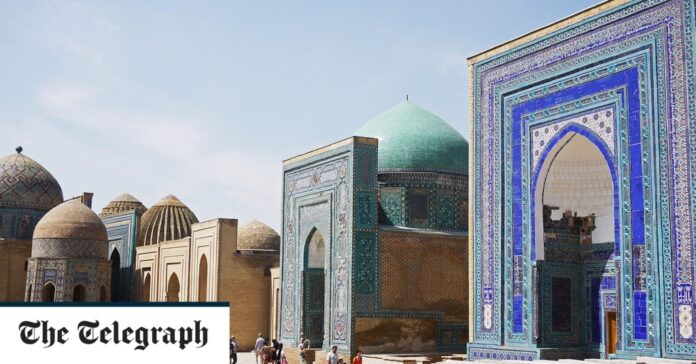This once mysterious nation now grants visa-free travel to 90 countries, part of a plan that may change its character forever
A smooth-faced border officer at the glossy Samarkand International airport was scrutinising my passport. Standing in his booth, wearing an oversized uniform, he inspected my photograph and asked where I was staying. He had already checked all of its 60-plus stamps and visas, and studied each of the security holograms, foil inlays and perforations; and he was now holding it up to a lamp, examining the watermarks on every page – much to the quiet, shuffling irritation of the long line of Uzbek citizens behind me. Finally, he waved me through.
I offered another European passenger a weak smile as I passed her. After similar scrutiny, her passport had been rejected until it could be seen by a senior official. But it wasn’t Soviet-style bureaucracy slowing things down – it was naivety. The entirely redeveloped airport opened only in March 2022, and the young border officer had no idea if her document was genuine, having never seen a Norwegian passport before.
Home to some of the finest examples of 14th to 20th century Central Asian architecture, Samarkand is one of the oldest continuously inhabited cities in Uzbekistan and among the most ancient in Central Asia, dating back to 1500 BC. Renowned for its craft production, it was one of the most important stops on the legendary Silk Road, a 4,000-mile jumble of trade routes that crossed Eurasia from as early as the 2nd century – running from the far east of present-day China to western Turkey – along which silks, spices and jade were transported. Attracting merchants from far and wide, Samarkand is recognised by Unesco as having been a crossroads of world cultures for more than two millennia.
And then came the late 19th century. The Soviets invaded – controlling the country until 1991 – after which Uzbekistan spent several decades under the isolationist rule of President Islam Karimov, notorious for human rights abuses and enforcing slave labour in the country’s ubiquitous cotton fields.


